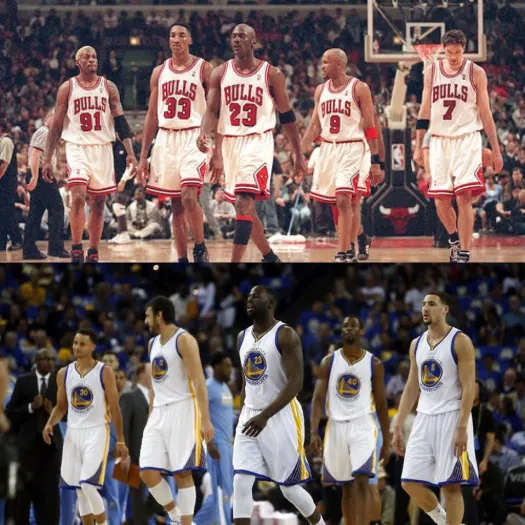
Note from Jack: The following is the latest in a series of open letters to the owners of Chicago’s major sports teams, asking them to release stronger, more tangible statements opposing police violence, specifically against Black lives.
We started June 8, with a letter to the McCaskey family, published jointly on Windy City Gridiron, Chicago Audible and Da Bears Blog, along with a letter to Jerry Reinsdorf and White Sox management published at both South Side Sox and South Side Hit Pen.
On June 9, Bleed Cubbie Blue joined us with an open letter to the Ricketts family.
Today, Locked on Bulls and other members of the Bulls community are publishing an open letter to Jerry, Michael and Nancy Reinsdorf. You can read it on Medium, and below.
— Jack Silverstein, June 11, 2020











